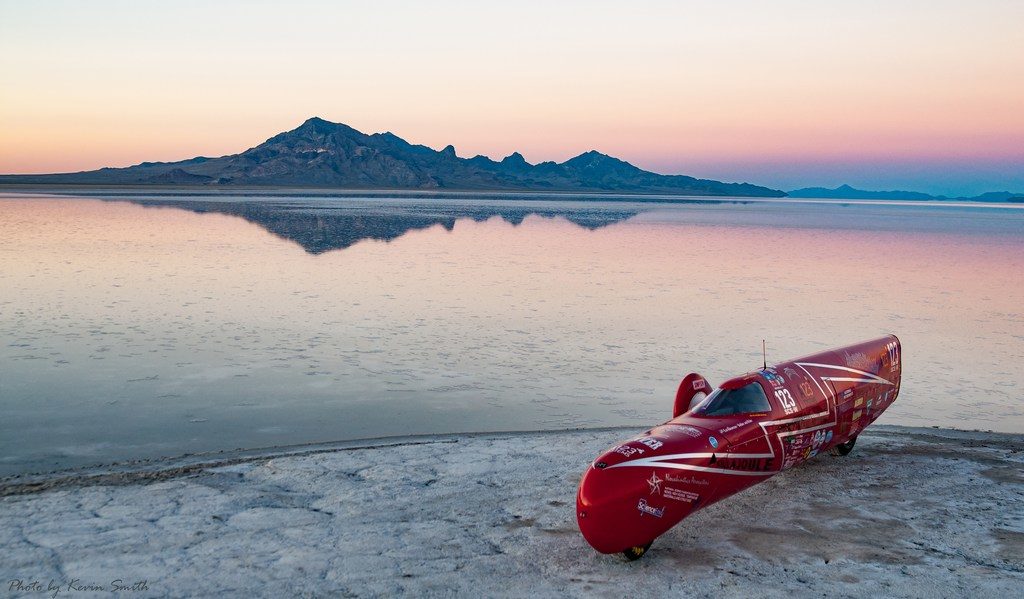I often gets questions like this one:
“This racing seems very wasteful with travel, components etc. How can you promote low emission vehicles when you waste this much energy?”
Here is my answer:
You are pointing out a difficult balance and that it sometimes takes a little bit of “wasting” to generate much bigger savings. If my racing program can result in many more people switching to electric cars, the decreased environmental impact will be many times greater than the impact from the racing program, resulting in total positive result. If it also can result in more kids deciding to pursue a career in science and technology, that may also improve their lives and increase the chances of finding technological solutions to our environmental problems and other problems such as diseases.
We are doing the best we can to keep the footprint small from our racing program. We re-charge the KillaJoule at the track from a quiet bio-diesel powered generator, and at home using electricity from the solar panels on our roof. Computers, lights in the shop and all other electricity we use at our home base including for our Nissan Leaf electric car is also from our solar panels. We are also buying used parts when we can. Bill and I also try to live a environmentally conscious life style by buying second hand, eating mostly vegetarian and organic, and use our electric car as our primary car.
I also try to offset my air travel through the United Airlines Eco-Skies CarbonChoice program, but I do have to admit that I sometimes forget to do it if I fly with another airline (we can can improve, and including me).
Cover photo: Sunrise at the beautiful Bonneville Salt Flats, Utah, USA. Photo by Rainer Kopp.
Photo below: KillaJoule at the flooded Bonneville Salts in 2015. This year all racing was cancelled due to rain. Photo by Kevin Smith.

